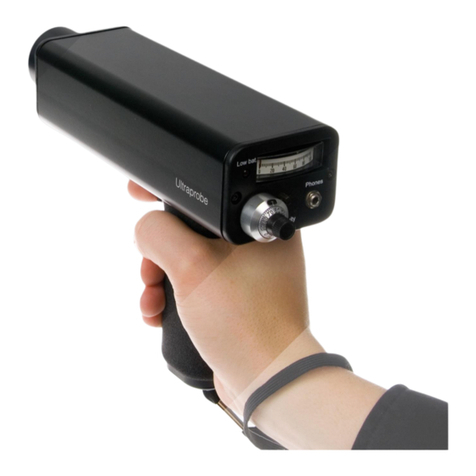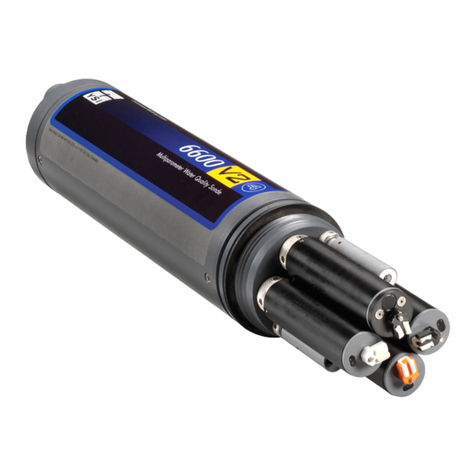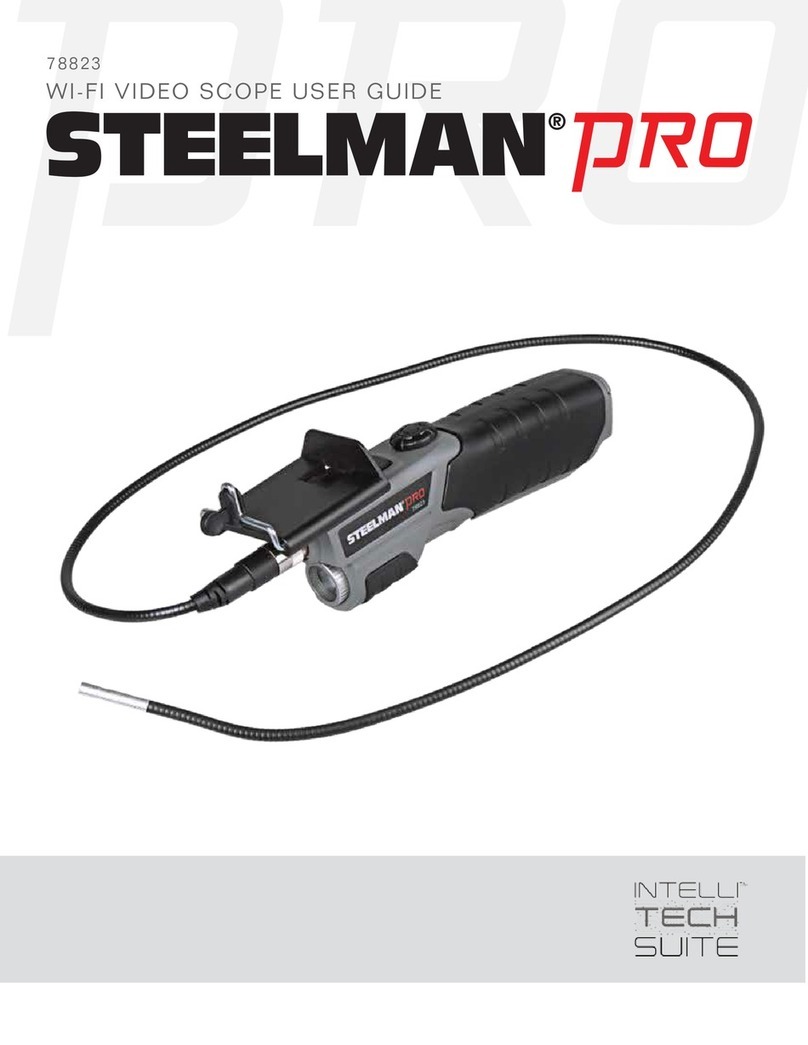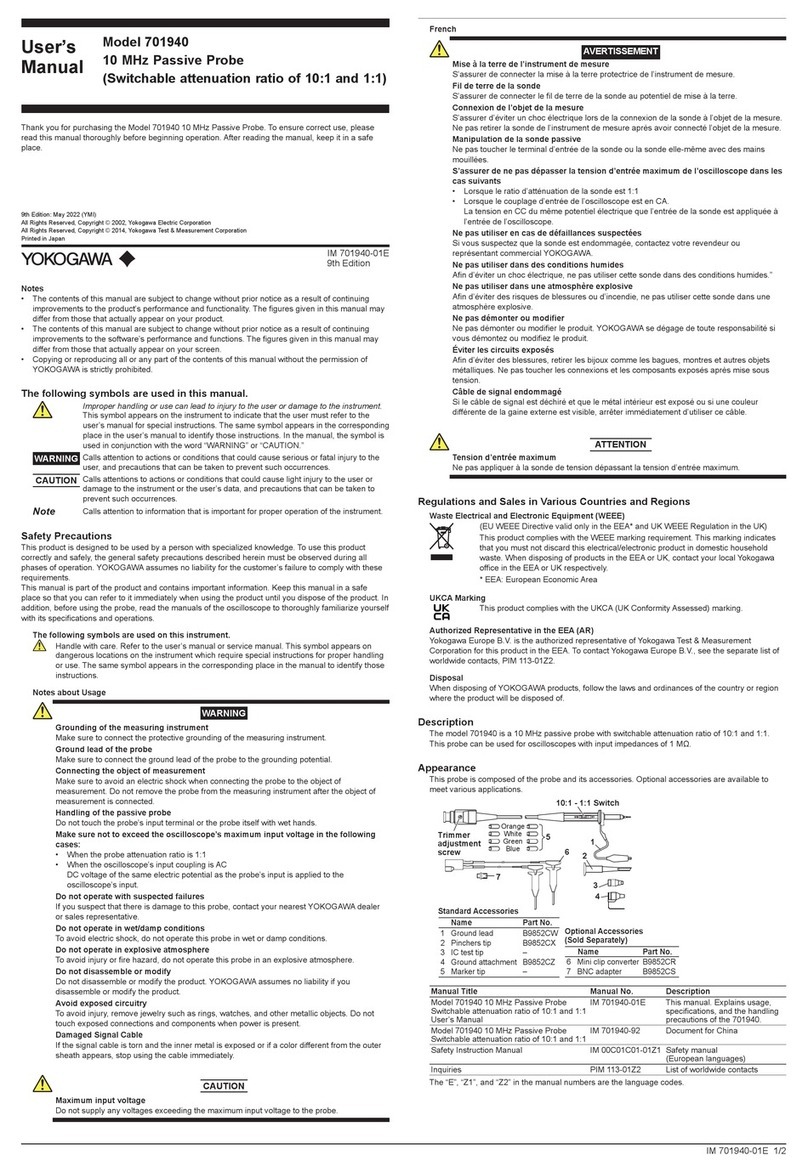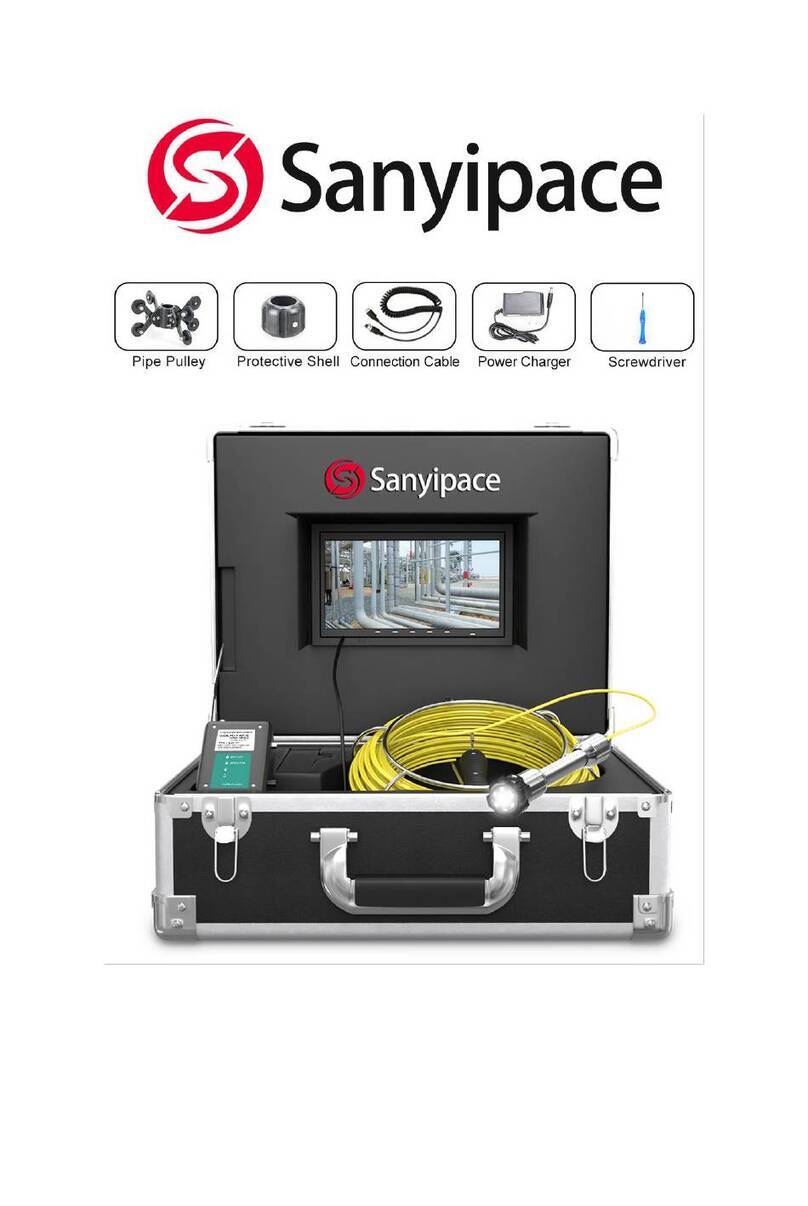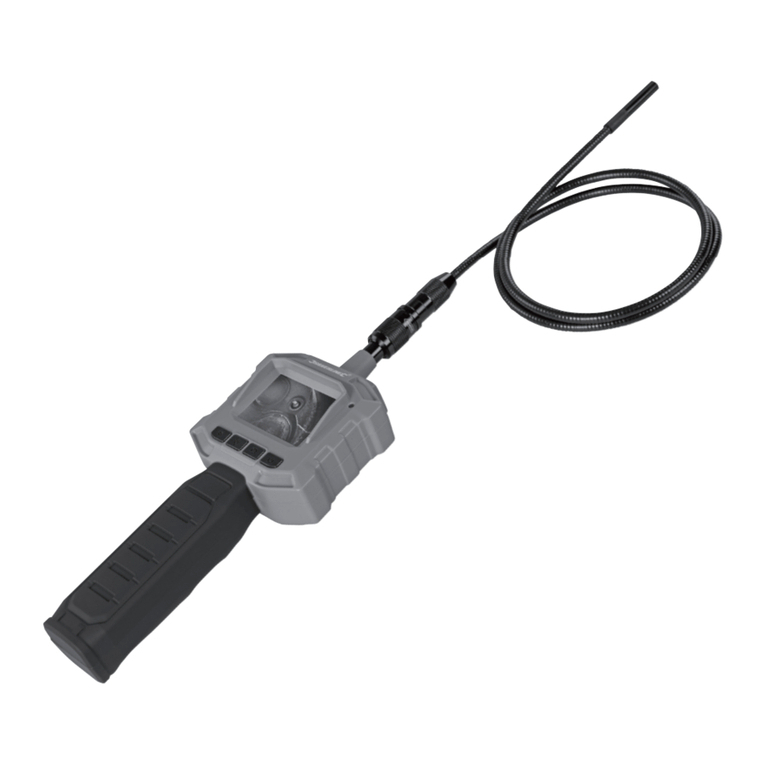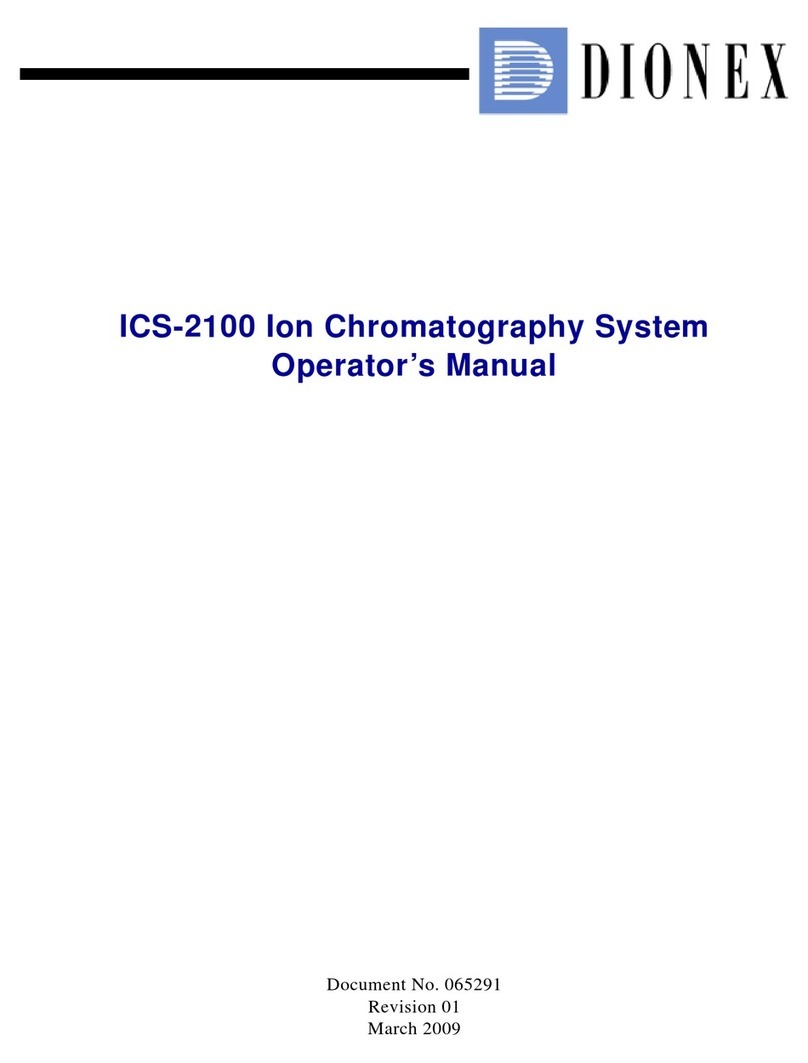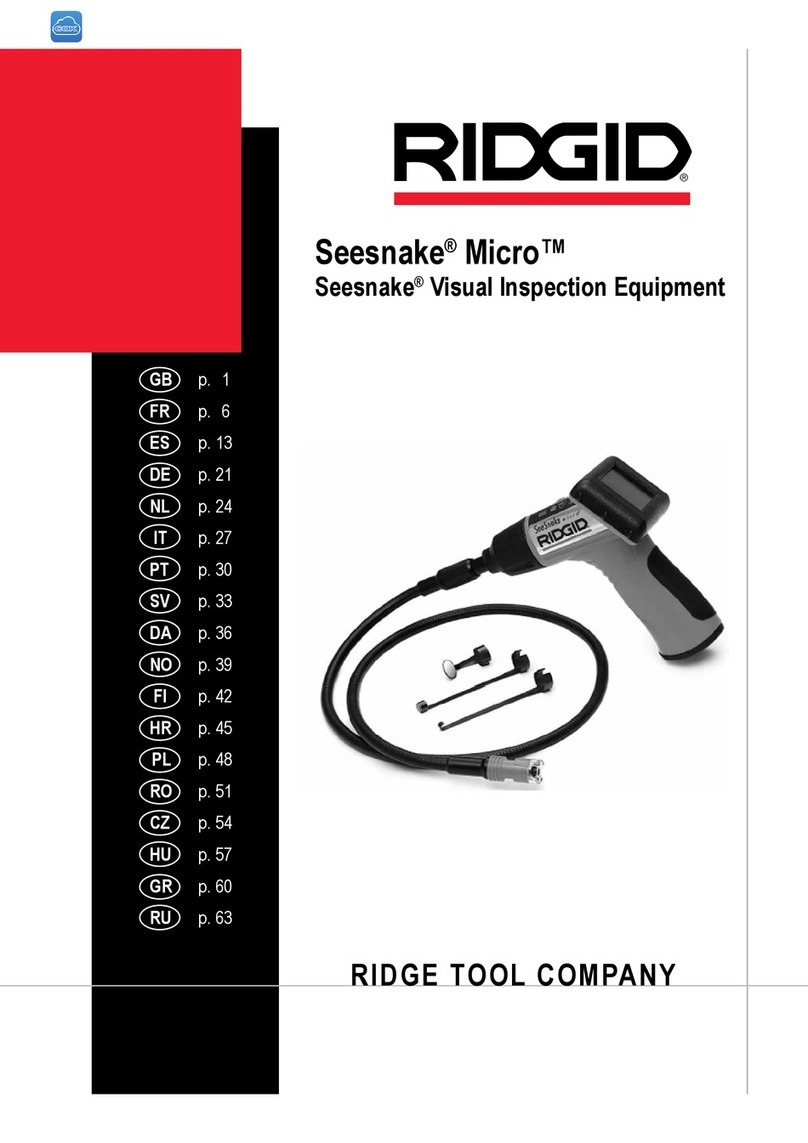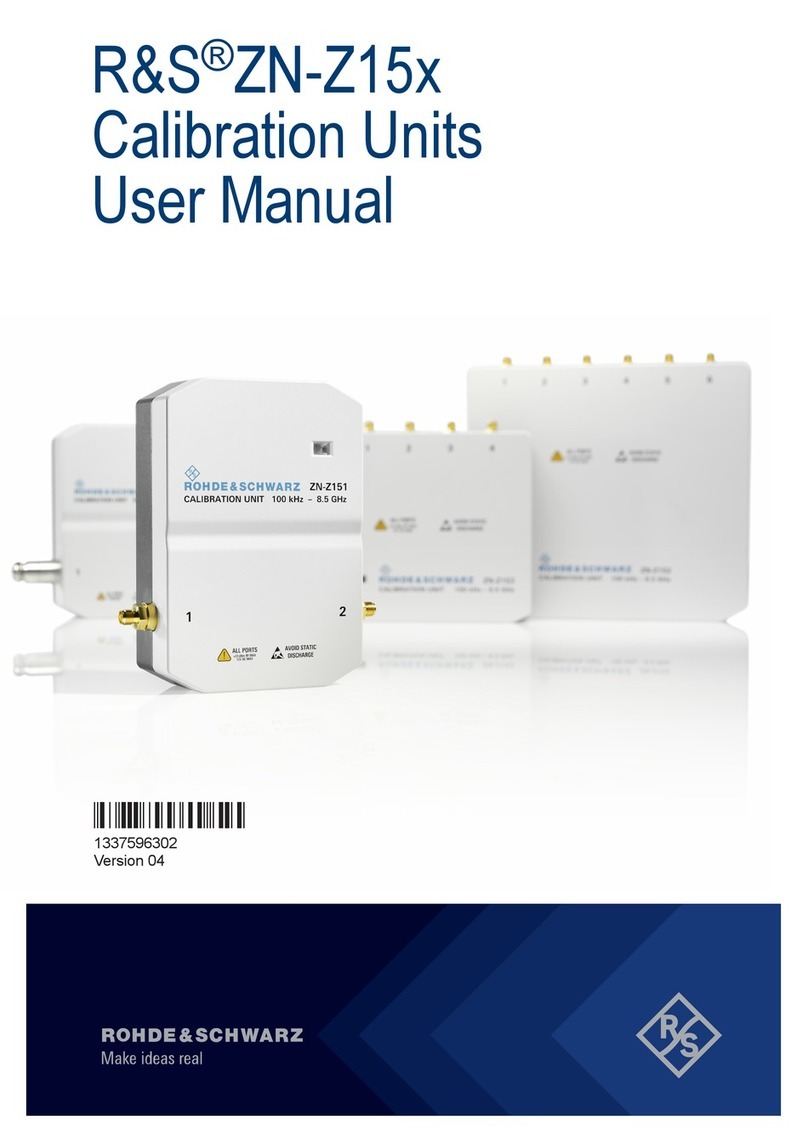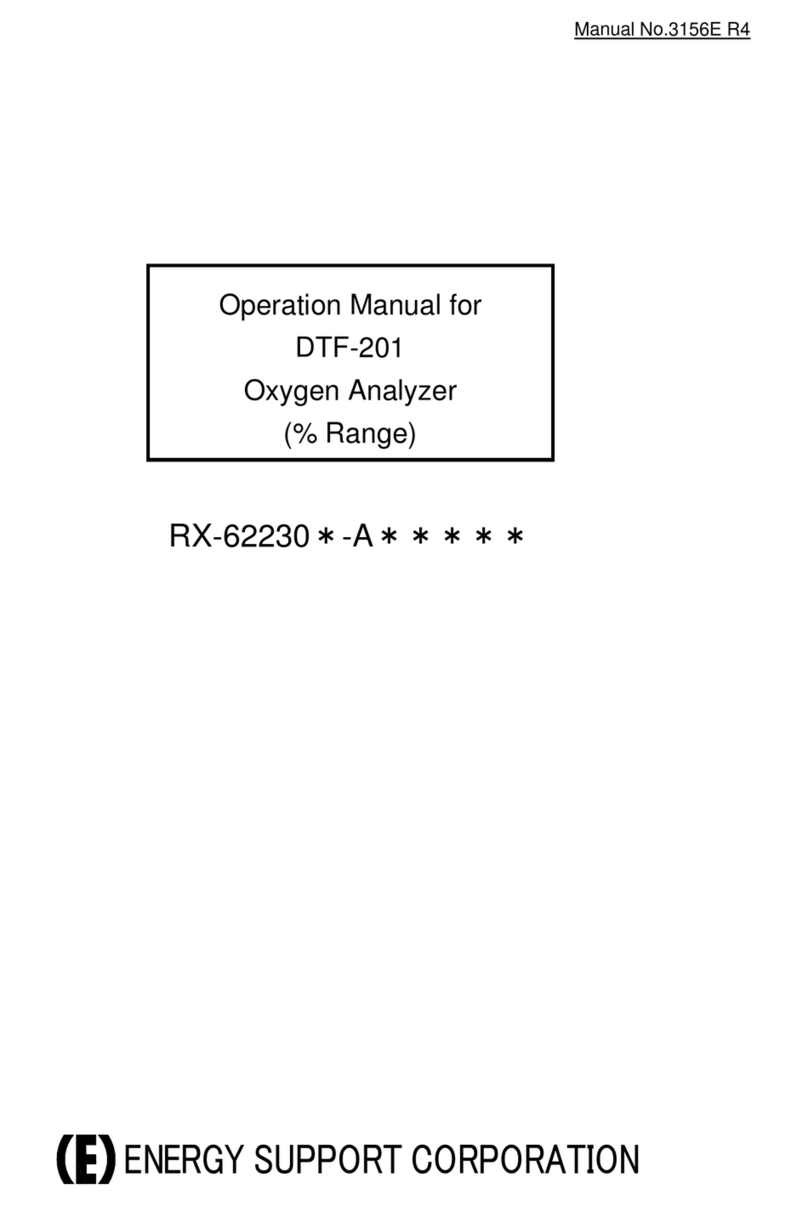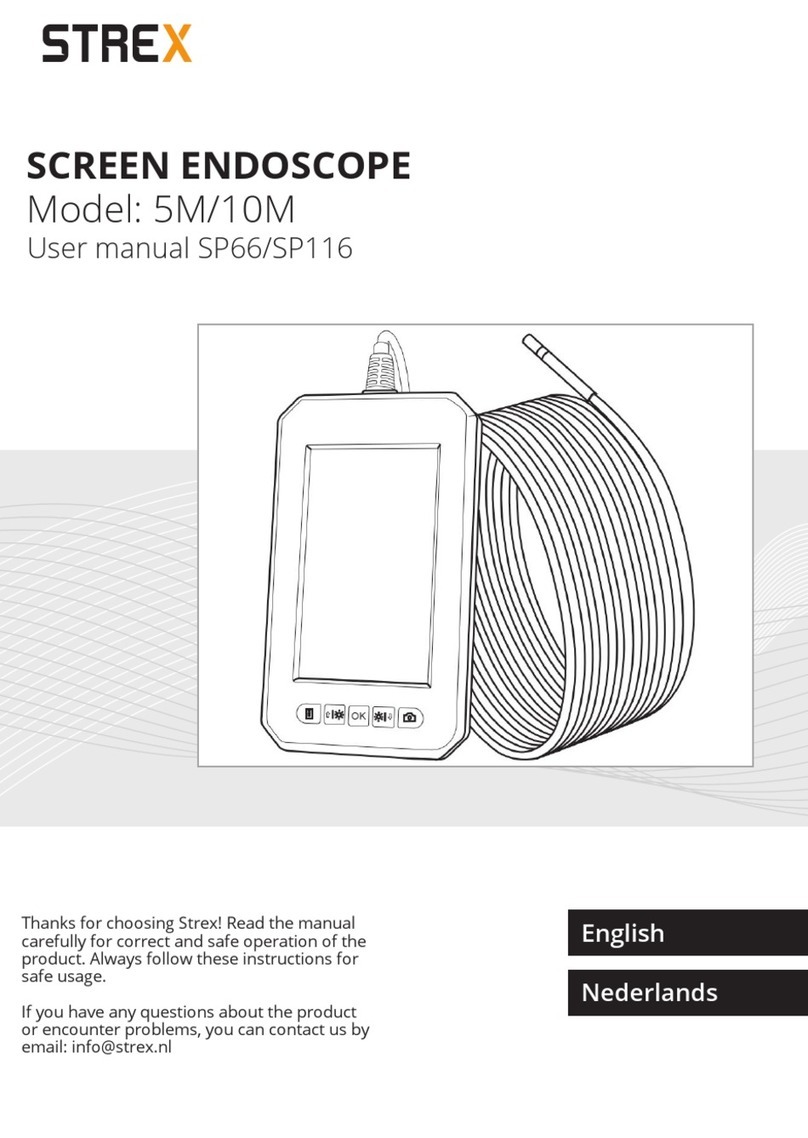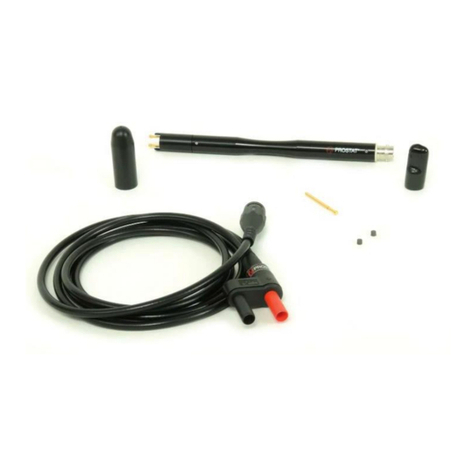Malvern NANOSIGHT NS300 User manual

MAN0541
www.malvern.com
Malvern Instruments Limited
Grovewood Road, Malvern
Worcestershire, WR14 1XZ, UK
Tel +44 1684 892456
Fax +44 1684 892789
MRK2325-01
NANOSIGHT NS300
USER MANUAL
PARTICLE SIZE
PARTICLE CONCENTRATION
MRK2325_Nanosight_NS300_user_manual.indd 1 30/08/2017 15:33:14


NANOSIGHT NS300
USER MANUAL
MAN0541-01-EN-00

Copyright © 2014-2016 Malvern Instruments Ltd.
Publication date: Wednesday, August 30, 2017
Malvern Instruments makes every effort to ensure that this document is correct. However,
due to Malvern Instruments’ policy of continual product development we are unable to
guarantee the accuracy of this, or any other document after the date of publication. We
therefore disclaim all liability for any changes, errors or omissions after the date of pub-
lication. No reproduction or transmission of any part of this publication is allowed
without the express written permission of Malvern Instruments Ltd.
Head office:
Malvern Instruments Ltd.
Enigma Business Park,
Grovewood Road,
Malvern,
Worcestershire WR14 1XZ
United Kingdom.
Tel + [44] (0)1684-892456
Fax + [44] (0)1684-892789
Malvern® and the “hills” logo are registered trademarks in the UK and/or other coun-
tries, and is owned by Malvern Instruments Ltd.
NanoSight NS300® is a registered trademark in the UK and /or other countries, and is
owned by Malvern Instruments Ltd.
Windows® is a registered trademark of the Microsoft Corporation.

Contents
3
CONTENTS
Introduction 7
Introduction 8
About this manual 9
Where to get help 10
Health and safety 13
General safety warnings 14
Site requirements 16
Laser safety warnings 16
Electrical safety warnings 17
Sample handling warnings 18
Site requirements 19
Siting the instrument 20
Services 22
Installation 23
Handling 24
Unpacking and initial inspection 24
Installation and relocation 25
Hardware setup 27
The instrument 28
Instrument communications 30
The laser module 32
External fluidic setup 45
Mounting the laser module 46
Software 47
About the NanoSight NTA software 48
Software map 49
NanoSight NTA 3.2 scripting 50

Contents
4
Sample loading 57
Sample loading 58
Low Volume Flow Cell 59
O-Ring top plate 61
Making a measurement 65
Getting started 66
Obtaining an initial live image for optimization 67
Optimizing the image 69
Taking a measurement 79
Setting detection threshold 82
Processing 86
Exporting 89
Shutting down the system 94
Fluorescence measurements 95
About fluorescence mode 96
Preparing to make a fluorescence measurement 98
How to make a fluorescence measurement 98
Temperature controlled measurements 101
Operation 102
Initializing 103
Temperature setting 103
Manual temperature input override 105
Analyzing data 107
Viewing data 108
Plotting and analysis 110
Example results and guidance 129
Maintenance 139
General maintenance 140
Low Volume Flow Cell maintenance 142


Introduction
8
Introduction
The NanoSight NS300 instrument is a patented, laser-based, light scattering system which
provides an easy-to-use, reproducible platform for specific and general nanoparticle char-
acterization.
Particles suspended in a liquid are loaded into the laser module sample chamber and
viewed in close proximity to the optical element. The NS300 device illuminates the
particles using a specially aligned and focused laser beam. This allows extremely small
particles (down to 10 nm, dependent on refractive index) to be seen directly and indi-
vidually by conventional microscopy.
Particles in the liquid sample which pass through the beam path are seen as small points
of light moving rapidly under Brownian motion, allowing information on particle prop-
erties to be obtained. With the NS300 you can analyze the presence, size distribution, con-
centration and fluorescence of all types of nanoparticles from 10 nm to 2000 nm,
depending on the instrument configuration and sample type.
The laser module contains thermoelectric Peltier elements, allowing the sample tem-
perature to be controlled. This is fully programmable using the NTA software suite.
Two sample chamber plates are supplied. The O-Ring Top Plate confers greater solvent
compatibility. The Low Volume Flow Cell (LVFC) and installed tubing allow the use of all
non-flammable, water-based solvents with neutral pH. Other solvents may not be com-
patible with wetted surfaces and should not be used without confirming suitability. If in
doubt about the choice of solvent and its compatibility with any part of the device, please
contact Malvern Instruments (helpdesk@malvern.com) for further information.
This manual is designed to help familiarise the user with the NanoSight NS300 operation.
Further advice and help to get the best out of your instrument can be found in the Nan-
oSight Application Notes, Technical Notes and User Training Videos. These can be found
on our website (www.malvern.com) or by contacting Malvern Instruments.
For technical assistance, please contact Malvern Instruments.
Malvern Instruments Technical Support:
lTel: + [44] (0)1684-892456
lEmail: helpdesk@malvern.com

Introduction
9
About this manual
This manual gives information needed for safe and efficient operation of NanoSight
NS300.
The aims of this manual are to:
lProvide essential health and safety information, which all users must read.
lGive information on the site requirements of the system.
lDescribe the NanoSight NS300 hardware components.
lDescribe the major NTA 3.2 software features and how to use them.
lDescribe the measurement process.
lSet out various maintenance and troubleshooting procedures.
lProvide the specifications of the instrument.
Product documentation structure
This manual fits into the following information structure for this product:
lNanoSight NS300 User Manual — provides detailed information on how to use
and administer the system. The Manual also gives Health and Safety, Main-
tenance, Troubleshooting and other vital information which all users must read.
lHelp system — integrated with the NanoSight NS300 software, provides inform-
ation on all software features.
!
Warning! The instrument and the samples measured may be hazardous if mis-
used. Users must read Health and safety on page13 before operating this sys-
tem.
About this manual
The operation and maintenance of the following units is covered:
Item Model number
NanoSight NS300 NTA3300

Introduction
10
Naming convention
The NanoSight NS300 is referred to either in full as the NanoSight NS300, or as ‘the
instrument’.
Menu commands
Menu commands in the NanoSight NS300software are always shown in bold text in the
form:
main menu-menu item-submenu item
As an example, the command File-Open-Data file refers to selecting the Data file sub-
menu item under Open in the File menu.
Where to get help
This section gives information on the various channels in place to get help with your sys-
tem.
Help desk
All queries regarding the system should initially be directed to your local Malvern Instru-
ments representative, quoting the following information:
lModel and serial number of the instrument (located on the rear panel or casing
of the instrument).
lSoftware version (see Help-About in the software).
Contact the International Helpdesk if the local Malvern Instruments representative is not
available:
Telephone: +44 (0) 1684 891800 or email: helpdesk@malvern.com.
Note:This help line is primarily English speaking.

Introduction
11
Remote support
Malvern Instruments offers a remote support service, delivered by an Internet connection.
Benefits include fast and efficient fault diagnosis, reducing downtime and costs.
Malvern website — www.malvern.com
The Malvern Instruments website offers a comprehensive range of particle char-
acterization resources for use by customers 24 hours a day, seven days a week.


HEALTH AND SAFETY
This section provides vital health and safety information which all users of the system must
read and understand.
2
The following topics are covered in this section:
General safety warnings 14
Site requirements 16
Laser safety warnings 16
Electrical safety warnings 17
Sample handling warnings 18
13

Health and safety
14
General safety warnings
!
Warning!
The instrument must not be used in hazardous areas.
!
Warning!
The instrument is for use in moderate climates only. Never use the equipment
in damp or wet conditions.
!
Warning!
Avoid excessive heat, humidity, dust and vibration.
!
Warning!
Do not place liquid filled containers on the equipment.
!
Warning!
Do not use where the equipment may be subjected to dripping or splashing
liquids.
!
Warning!
If the equipment is used in a manner not specified by the manufacturer, the pro-
tection provided by the equipment may be impaired.
!
Warning!
The instrument can be used with all non-flammable water-based solvents of
neutral pH. Other solvents may not be compatible and must not be used
without first contacting Malvern Instruments to confirm suitability.

Health and safety
15
!
Warning!
When using biologically or chemically hazardous sample material, it is the
responsibility of the operator to determine the requisite protection for each
application.
!
Warning!
The NS300 system contains no user serviceable parts. It should not be modified
in any way. Any modification will void the warranty and could make the device
unsafe.
!
Warning!
Use of controls, adjustments or performance of procedures other than those
specified herein may result in hazardous laser radiation exposure.
!
Warning!
The laser module may become hot when operating the temperature control.
Caution should be taken when handling the device.
!
Warning!
The temperature control should always be turned off when the instrument is
unattended.
!
Warning!
The NS300 must only be serviced by qualified Malvern Instruments personnel,
or Malvern Instruments approved agents.

Health and safety
16
Site requirements
The NanoSight NS300 has specific site requirements that must be enforced to ensure safe
operation of the instrument. Please see Site requirements on page19 for more inform-
ation.
!
Warning! Safety may be compromised if the system is used in an environment
not conforming to the site requirements.
Laser safety warnings
!
Warning!
Use of controls or adjustments or performance of procedures other than those
specified herein may result in hazardous radiation exposure.
Warning!
The NanoSight NS300 device is classified (to BS EN 60825-1 (2001)) as a Class 1
laser device. Removal of instrument casing or opening the housing of the laser
module voids all warranties and could expose users to hazardous voltages or
Class 3B laser radiation.
!
Warning!
The laser module should not be plugged into the main body of the NS300
without the flow cell or top-plate being secured in position with the screws sup-
plied.
!
Warning!
The laser module must always be removed from the main body of the NS300
(cutting power to the laser) prior to removing the flow cell or top-plate screws.

Health and safety
17
Electrical safety warnings
The following electrical specifications must be adhered to for safe operation of the Nan-
oSight NS300.
lFuses must only be replaced with a fuse of the type and rating — F5AH250V Ø5
mm x 20 mm long.
lOnly use the power adapter and other accessories supplied with the instrument.
lIf the mains cordset needs to be replaced, please select another cordset which con-
forms to the following specifications:
Item Specification
Voltage rating
l125 V AC if being used with a 100-120 V supply.
l250 V AC if being used with a 220-240 V supply.
Current Rating 6 A minimum.
Temperature rating 60 °C minimum.
Length 3 m Maximum.
Fittings
lGrounded plug for attachment to power outlet.
lIEC appliance coupling.
In addition to the above specifications, the mains cordset should be certified by one of
the following institutions.
UK – BSI USA – UL Europe – VDE Japan – JET, JQA, TUV
lIf the appliance is being used outside of the above areas the local regulations for
mains power cords must be checked and a cordset which complies with the rel-
evant standards should be sourced for use with the equipment.
lThe safety of the equipment can no longer be warranted if a non-approved cord-
set is used.

Health and safety
18
Sample handling warnings
lAlways handle all substances in accordance with the COSHH (Control Of Sub-
stances Hazardous to Health) regulations (UK) or any local regulations concerning
sample handling safety.
lBefore using any substance, check the Safety Data Sheets (SDS) for safe handling
information.
lUse the instrument in a well ventilated room, or preferably within a fume cup-
board, if the fumes from the sample or dispersant are toxic or noxious.
lWear personal protective equipment as recommended by the Safety Data Sheets if
toxic or hazardous samples are being handled, particularly during sample pre-
paration and measurement.
lWear protective gloves when handling hazardous materials, or those that cause
skin infections or irritations.
lDo not smoke during measurement procedures, particularly where inflammable
samples are used or stored.
lDo not eat or drink during measurement procedures, particularly where haz-
ardous samples are used or stored.
lTake care when handling glass (e.g. microscope slides and beakers). Hazardous
materials may enter a wound caused by broken glass.
lAlways test a new sample or dispersant for chemical compatibility before use.
lAfter measuring hazardous samples, scrupulously clean the system to remove any
contaminants before making another measurement.
lAlways label samples for analysis using industry standard labelling, particularly if
they are handled by a number of staff or stored for long periods. Clearly mark any
operator hazard and associated safety precautions that are required for the hand-
ling of dangerous materials.
lKeep a record of all hazardous substances used in the system for protection of ser-
vice and maintenance personnel.
lAlways adopt responsible procedures for the disposal of waste samples. Most
local laws forbid the disposal of many chemicals in such a manner as to allow
their entry into the water system. The user is advised to seek local advice as to the
means available for disposal of chemical wastes in the area of use. Refer to the
Safety Data Sheets.
lThe surfaces of the system may be permanently damaged if samples are spilt on
them. If a spillage does occur, disconnect the system from the power supply
before scrupulously cleaning up the spillage.
Other manuals for NANOSIGHT NS300
2
Table of contents


